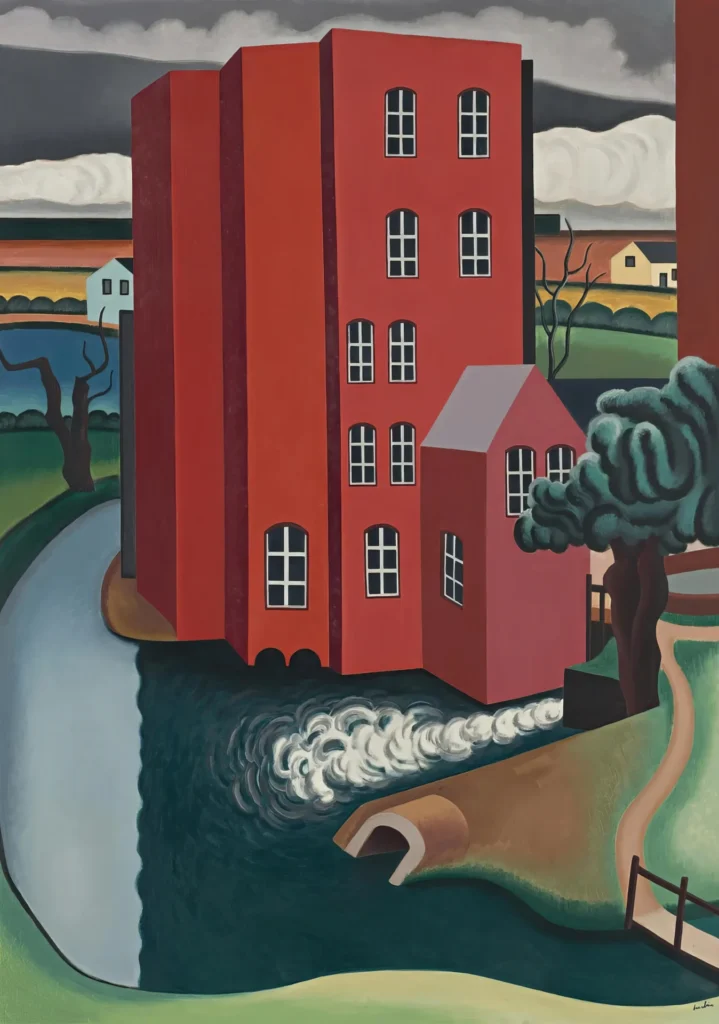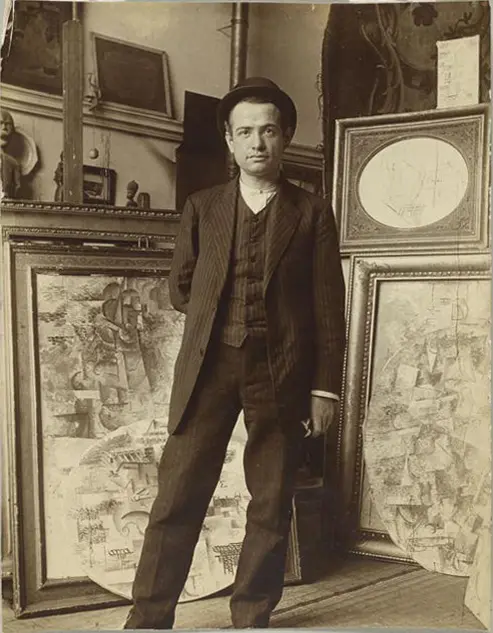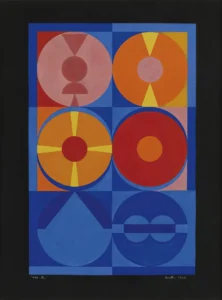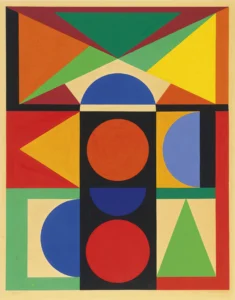La Maison Rouge
La Maison Rouge, or The Red House, is an iconic painting by French artist Auguste Herbin, created in 1925. This artwork measures 116 x 89 cm and is rendered in vibrant oil on canvas. Reflecting Herbin’s shift towards abstraction, it integrates geometric forms and colors that challenge conventional representation while resonating with the Cubist movement. Its impactful visual language invites viewers into a unique space that queries the nature of perception and style in the 20th century.
Year 1925
About the Artwork
Auguste Herbin painted La Maison Rouge in 1925 amidst a growing European fascination with abstract art. This period marked a pivotal moment in Herbin's career, as he began moving away from traditional representation towards a more geometric and abstract approach. La Maison Rouge is emblematic of this evolution, presenting a composition that challenges and invites the viewer's interpretation. The vibrant red house within the painting serves as a powerful focal point, embodying both emotional depth and a connection to the artistic currents of its time. Herbin’s unique style would go on to influence the development of modern abstract art.
Did You Know
Known as a key figure in the transition to abstract art, Herbin’s work has influenced many modern artists and movements beyond Cubism, showcasing his pivotal role in 20th-century art.
The color red often symbolizes passion, energy, and transformation, and in Herbin’s work, it creates a dynamic dialogue with the geometric forms that engage viewers in a vivid emotional experience.
La Maison Rouge embodies Herbin’s transition from representational to abstract art, serving as a bridge between the solid forms of Cubism and the fluidity of later abstraction, allowing new interpretations and meanings to emerge.








